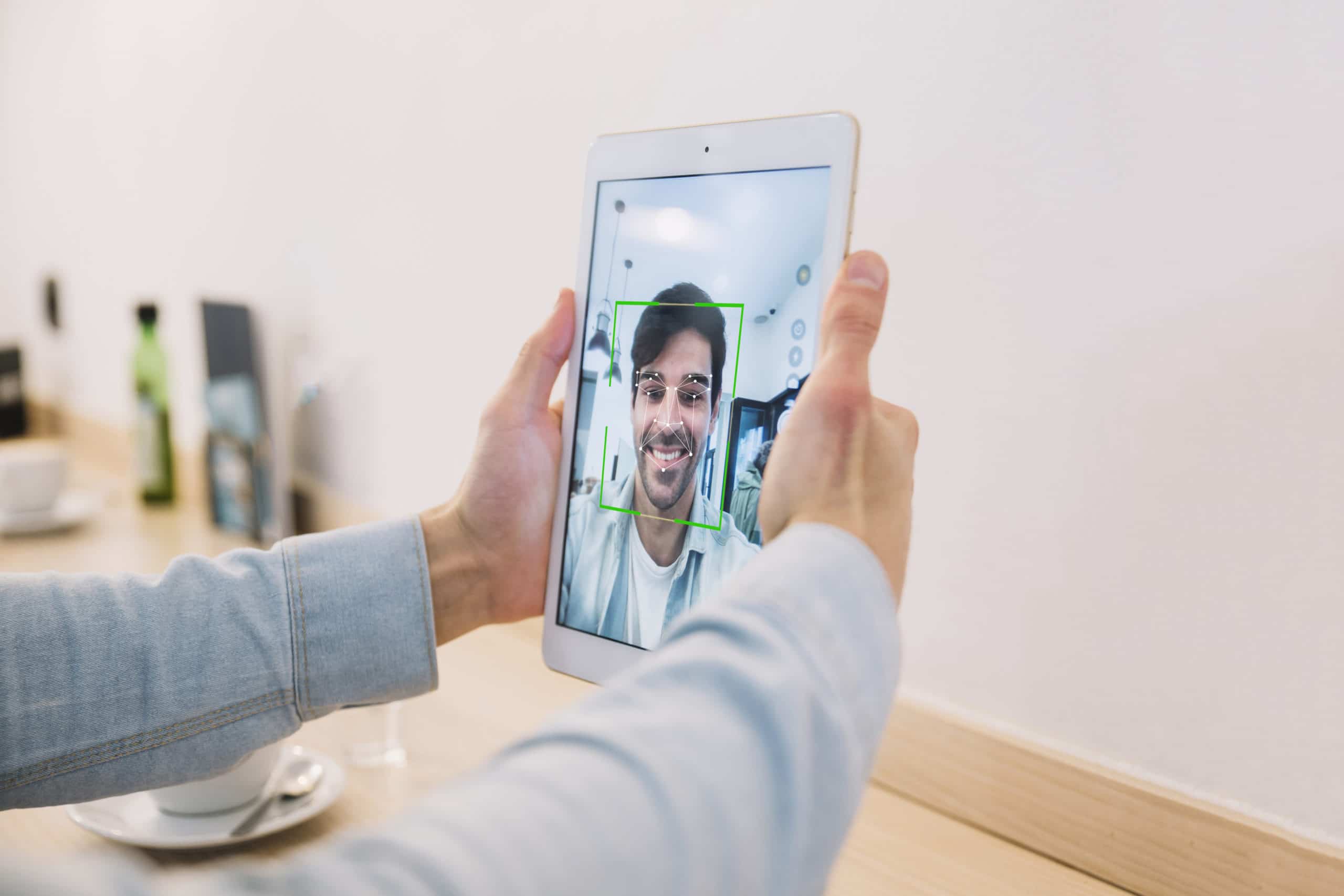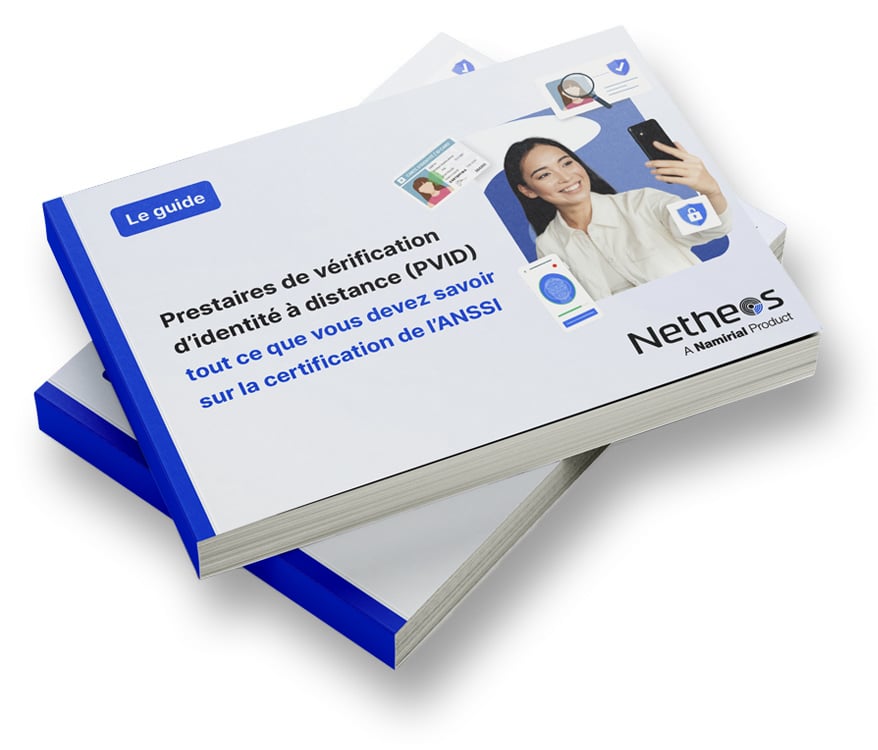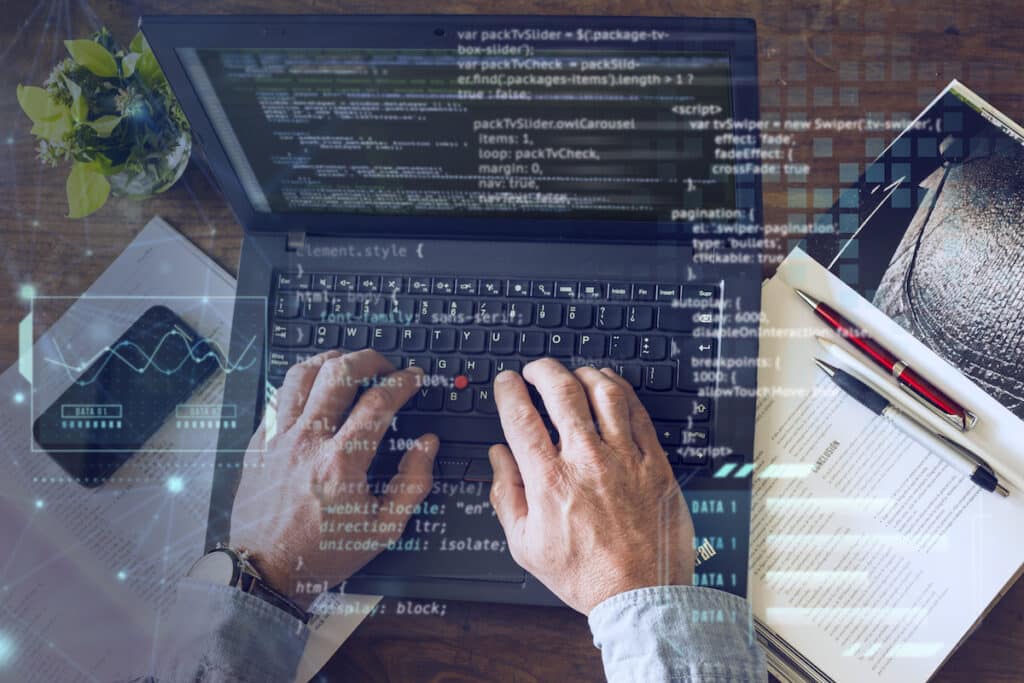Facial recognition technologies have taken a quantum leap over the last decade, making their use more and more widespread. In fact, according to
according to the Next Content study
published in February 2019, 61% of French people use or could use services secured by biometrics (fingerprint or facial recognition).
These advances are being driven in particular by
deep-learning
and made possible by the availability of
public data sets
. These datasets, comprising several hundred photos per person across tens of thousands of different personalities, are fundamental to research, enabling neural networks to be trained and fine-tuned on the one hand, and providing a common frame of reference for comparing different approaches on the other.
Evaluating the performance of a facial recognition system mainly revolves around 2 major issues:
– identity verification: is this person who he or she claims to be?
– identification: is this a known person? And who is she?
Identity verification
The first of these problems involves checking whether a photo corresponds to a given identity. We talk about a “1:1” problem: comparing a photo with an identity. Most of the concrete use cases relate to biometrics and identity verification.
For this type of problem, performance is measured in terms of recognition rate for a fixed false acceptance rate (or “spoofing rate”). The trade-off depends on the constraints of the application.
For this class of problem, the latest research achieved recognition rates of 92.7% for a rate of false acceptances of 0.1%. It’s important to note that this benchmark is based on a wide variety of shots: video extracts, still images, wide variations in age (for the same individual) and appearance (hairstyle, expression, etc.).
As part of the subscription process, this type of recognition comes into play during user authentication, by requesting a photo in real time, to be compared with that of the user’s ID. While maintaining the fluidity of an online experience, this drastically increases confidence in the person’s authentication.
Identification
The second major class of problems involves identifying a person in a photo, from a known population, or telling if the person is not in that population. This is known as a “1 : N” problem.
For digital underwriting, this case applies more in the context of fraud prevention, in order to check that a user’s face does not belong to a group that has already been identified.
The main challenge here lies in the size of the population to be explored. Indeed, the more different individuals there are, the greater the chance of finding two individuals who strongly resemble each other, and therefore of fooling the system.
Another challenge is computation time: here, we are no longer comparing a single identity model, but N. Performance
state-of-the-art
is an identification rate of 86% (the person belongs to the population), for 10% false positives.
If these results seem a little disappointing, they have to be set against the fact that this is a problem that is beyond the reach of a human operator. It’s impossible to remember thousands of different people and identify them.
In an age of mass surveillance, this kind of performance would make it possible, in a rather frightening way, to find
one person among millions
.
The integration of these new advances into the
Trust and Sign
platform is a real “game-changer” in terms of fraud prevention and customer experience. In the light of changing regulations, they can also be used to ensure the legal soundness of these subscription paths, by associating identity documents with the user (“liveness detection”).
Interested in facial recognition?










